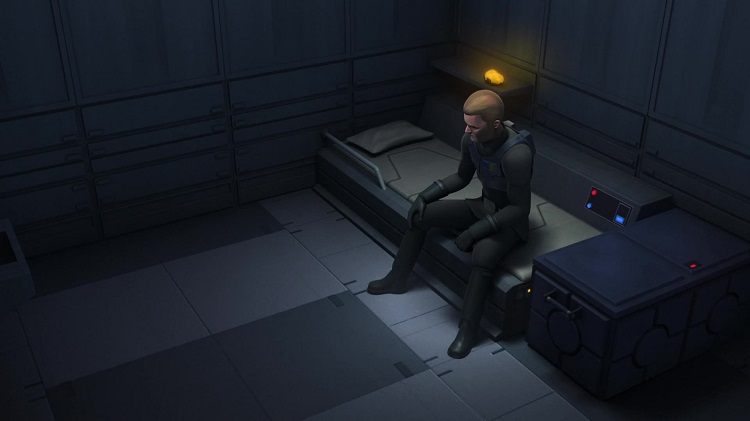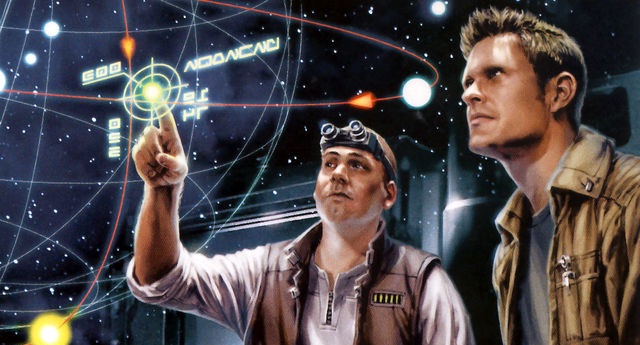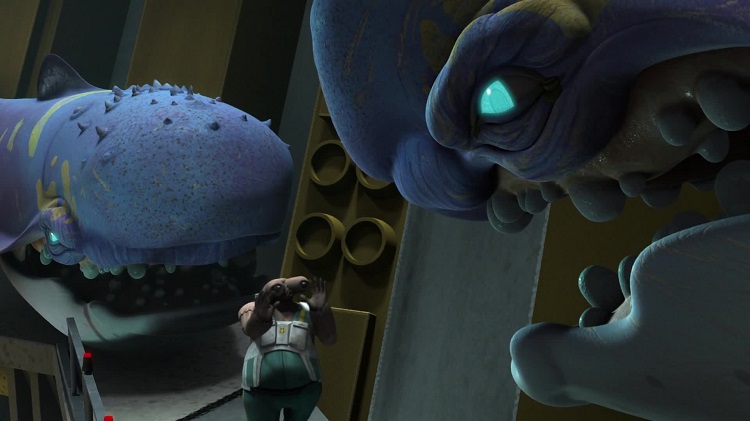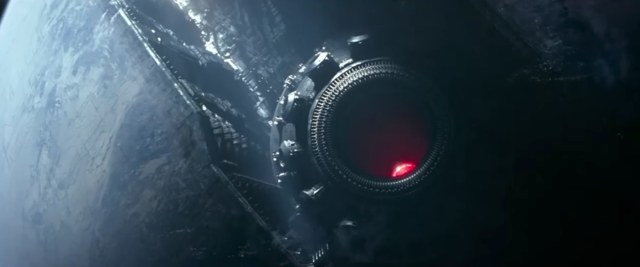A fun game I’ve played once or twice since the release of The Force Awakens is to try and pinpoint a moment in time where you could tip the post-Endor timeline, Back to the Future-style, from the Expanded Universe’s version to the sequel trilogy’s version. As I recall, the best 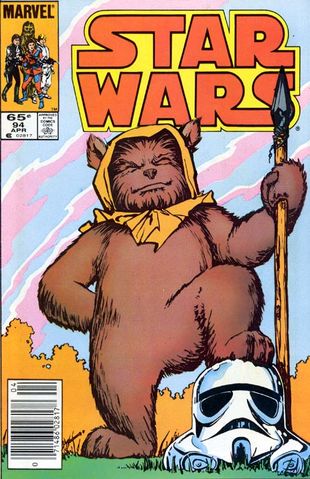 idea I could come up with was Leia getting pregnant with Ben immediately—like, “the night of the Endor celebration” immediately. The impending child not only accelerates her coming to terms with her heritage (and motivates her and Han to marry sooner) but gives her a huge extra reason to end the war with the Empire as soon as possible. Sure enough, Leia taking an even more aggressive role in the military campaign brings about a swifter military victory, and perhaps even further motivates complacent core worlders to rally behind her as a post-Empire figurehead. This has all sorts of random ripple effects, too—different people come to lead the Imperial Remnant, Luke perhaps founds his new Jedi Temple sooner, and so on.
idea I could come up with was Leia getting pregnant with Ben immediately—like, “the night of the Endor celebration” immediately. The impending child not only accelerates her coming to terms with her heritage (and motivates her and Han to marry sooner) but gives her a huge extra reason to end the war with the Empire as soon as possible. Sure enough, Leia taking an even more aggressive role in the military campaign brings about a swifter military victory, and perhaps even further motivates complacent core worlders to rally behind her as a post-Empire figurehead. This has all sorts of random ripple effects, too—different people come to lead the Imperial Remnant, Luke perhaps founds his new Jedi Temple sooner, and so on.
Of course, while a fun thought experiment, this is complete nonsense. The truth of the matter is that the sum total of the “Legends-verse”, as many are inclined to think of it, is under no circumstances a single coherent timeline that could be switched on or off like a light bulb. Lucasfilm’s efforts to keep it consistent over the years were herculean and admirable, but I’ve come to believe that a more accurate way of looking at Legends is as a plethora of “pocket universes”, which fit together more nominally than absolutely. Read More
